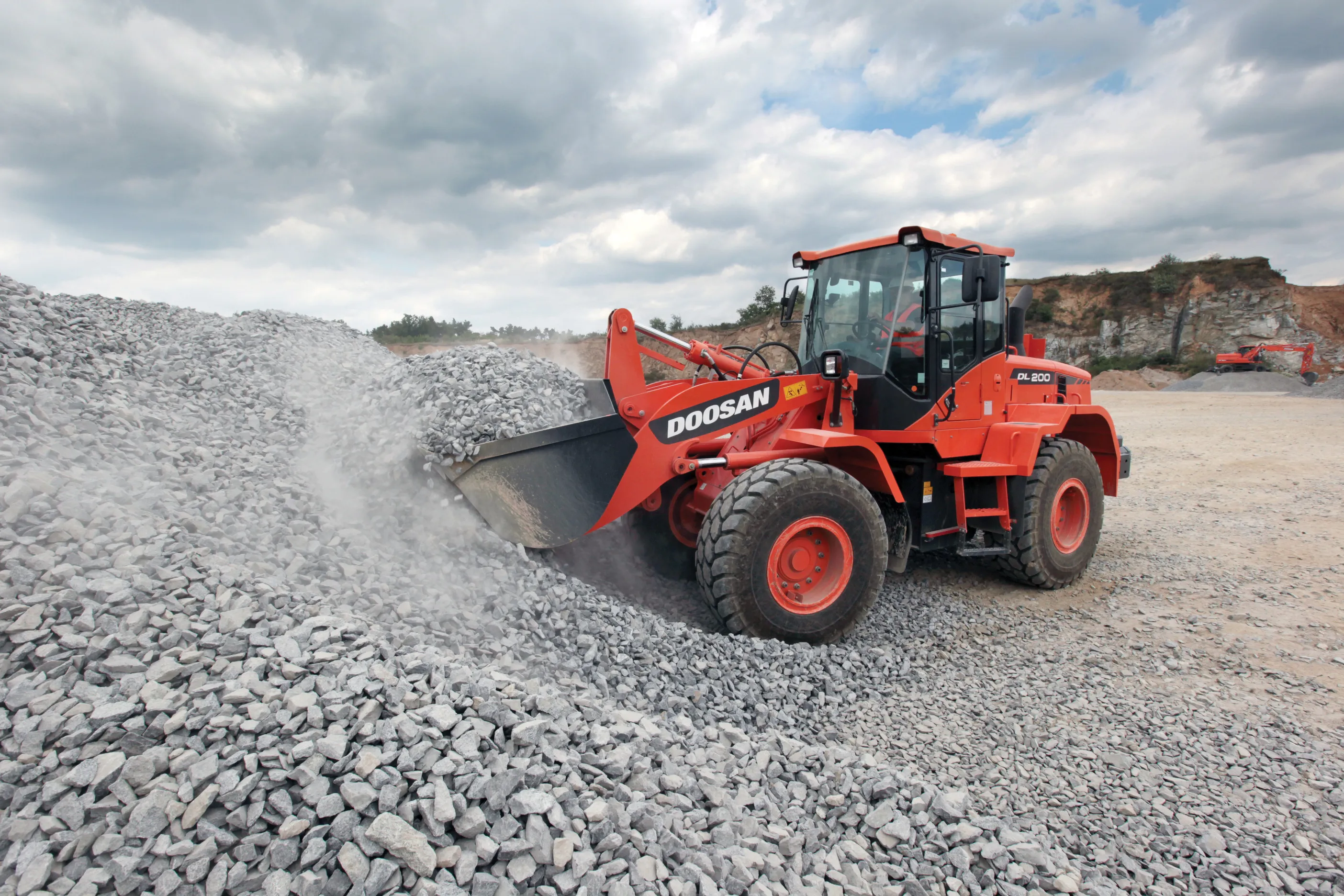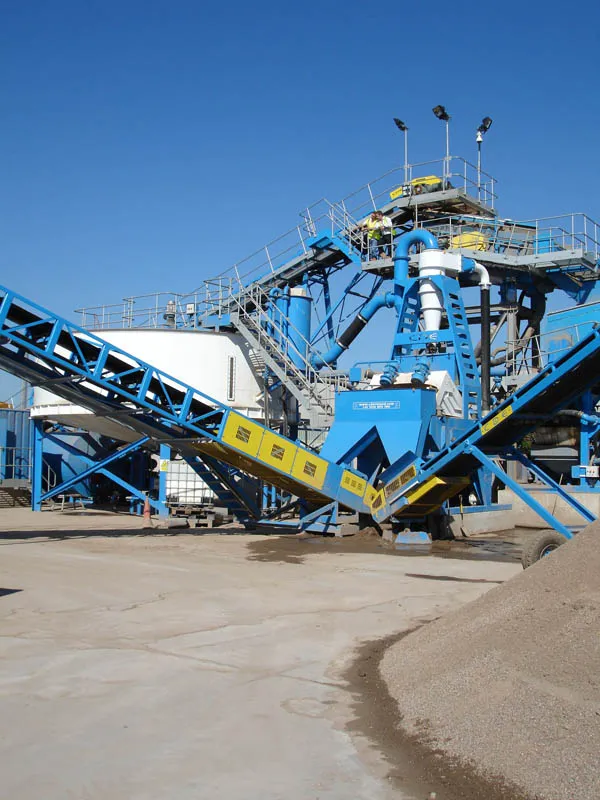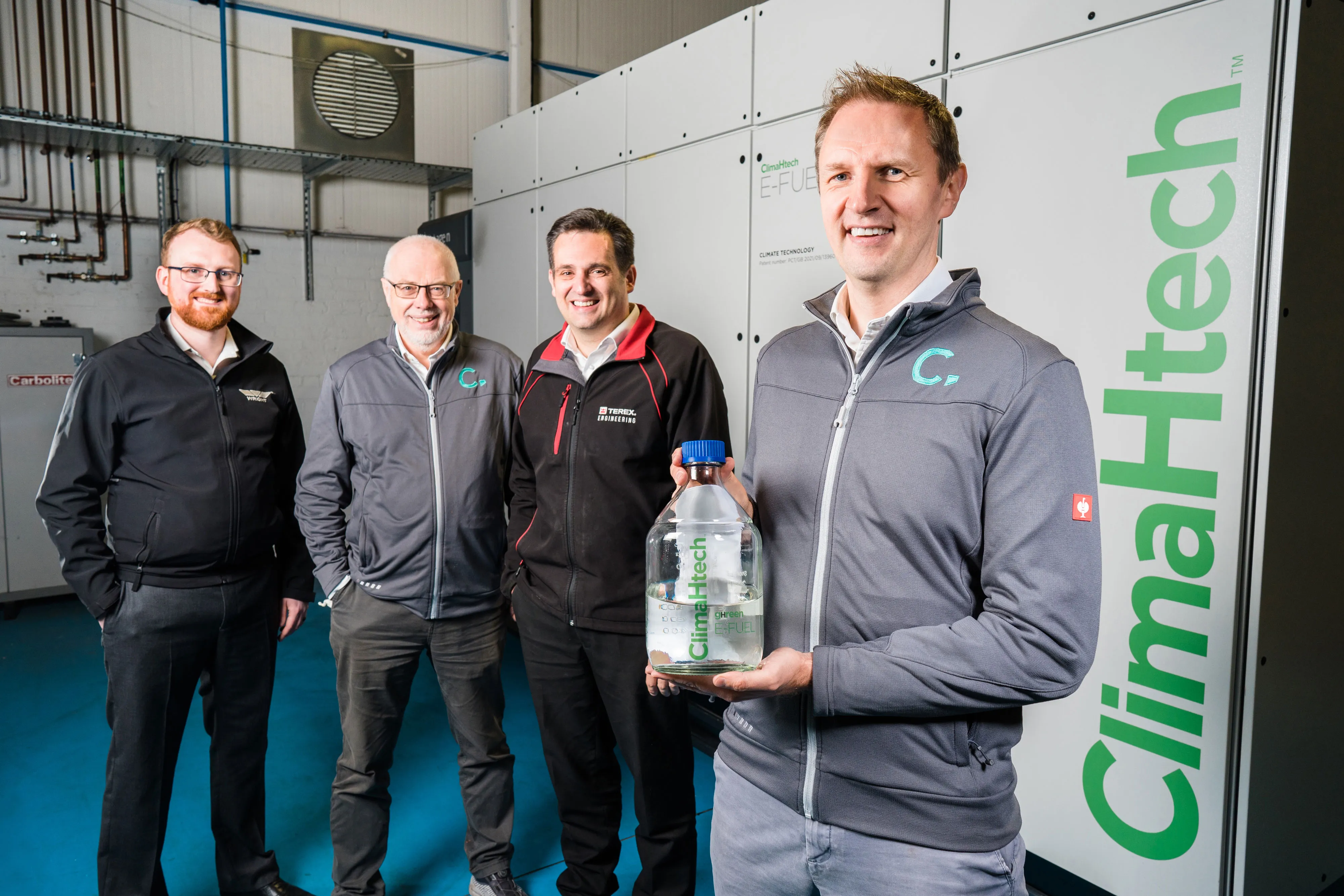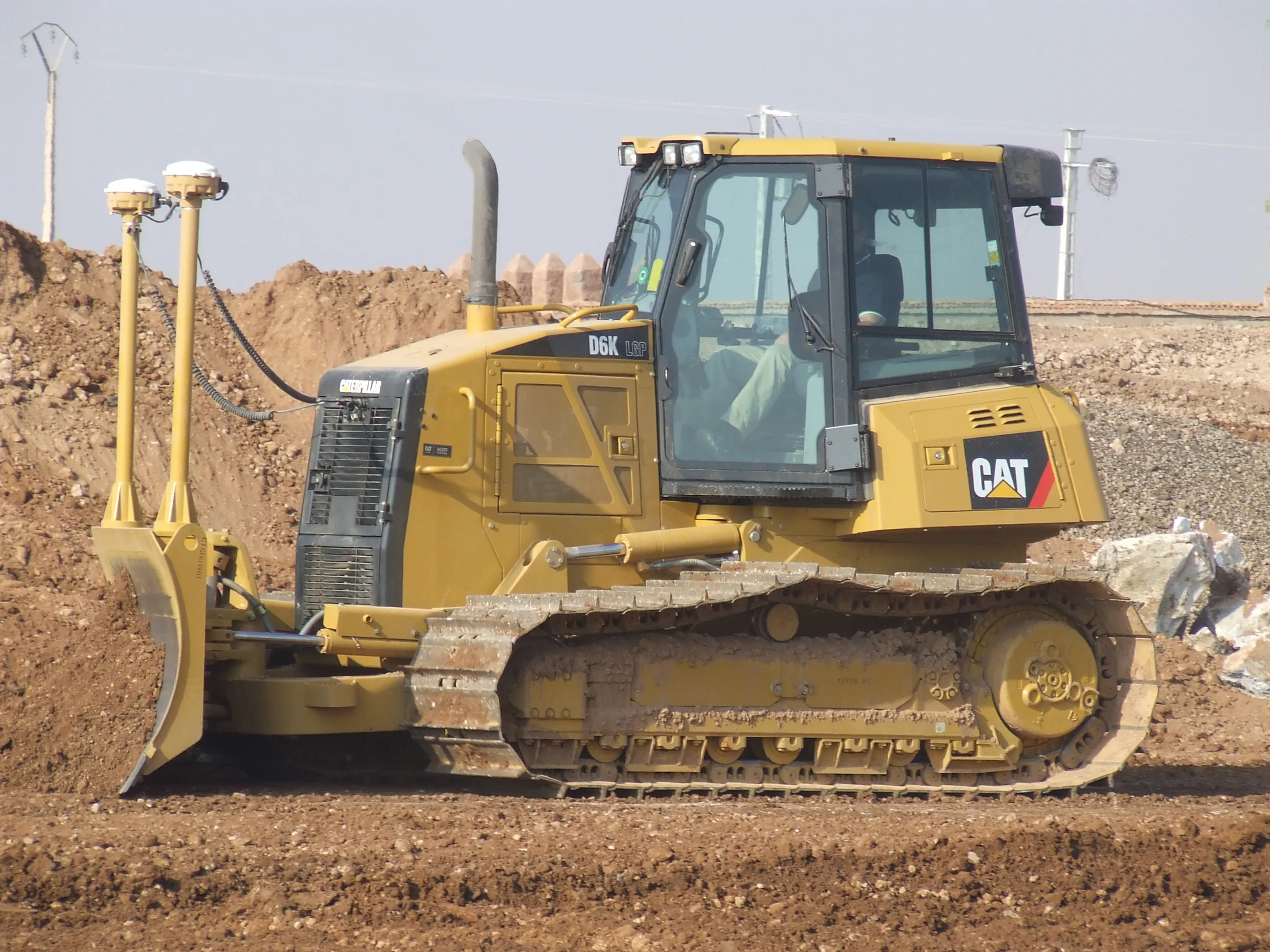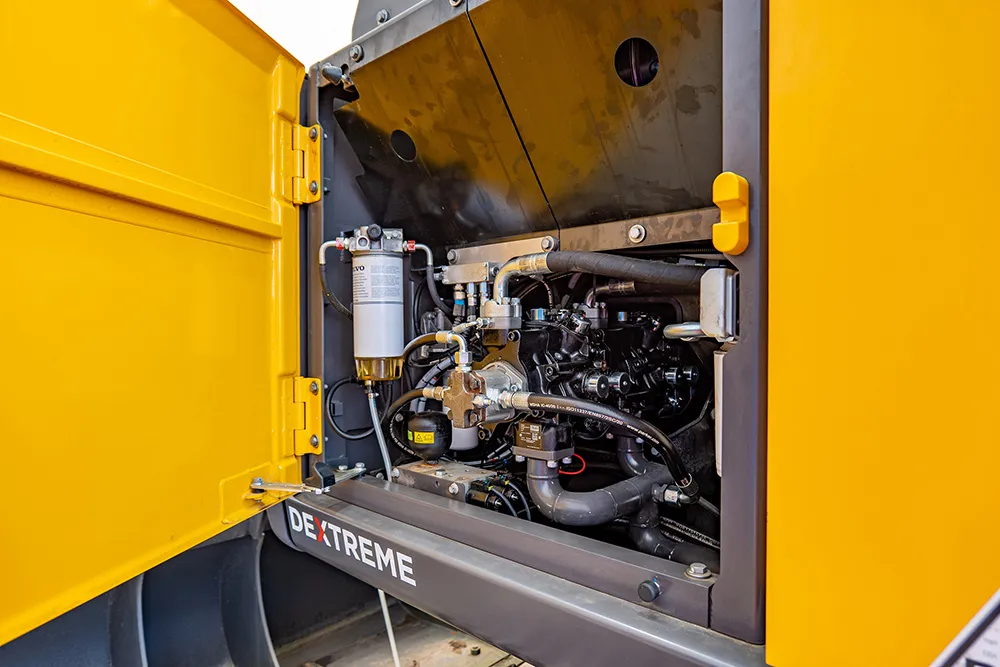
Ashcourt, a building materials supplier based in East Yorkshire, England, said it expects the Danfoss system to increase the productivity of its machines while reducing fuel consumption.
For the Ashcourt trials – which started in February - the three 20-tonne diesel-powered Volvo EC200 excavators have been fitted with the Dextreme Swap system in collaboration with UK Volvo dealership SMT. The system replaces the excavator’s main hydraulic pump with a Digital Displacement Pump, custom software and controller.
Two of the Volvo machines are being used at the company’s Partridge Hall Quarry in East Yorkshire. The third operates at a nearby material washing facility. Each machine is forecast to complete 2,000 operating hours within the year. To compare operating data with Ashcourt’s existing fleet of standard Volvo EC200 machines, each excavator has been fitted with data logging equipment.
Dextreme Swap is the first level within the Dextreme system solution pathway. As the simplest configuration of the Dextreme system, it is predicted to lower fuel consumption by 15 percent. The pathway consists of three levels — Swap, Flex and Max — and is predicted to deliver fuel savings of up to 50 percent in excavators of all sizes. The Danfoss Digital Displacement pump is, according to the manufacturer, “the first and only truly digitally controlled hydraulic pump for off-highway machinery”. The pump's dedicated digital controller activates each piston individually, providing fast and accurate response to system demand, enabling superior machine controllability. The pump provides unmatched full and part load efficiency by using only the pistons needed to meet the load.
“So far, the feedback from our operators has been uniformly positive,” said John Hood, Ashcourt Group plant director. “The fuel savings I can’t speak to yet, but my team is telling me the new machines are very responsive and strong, with the EC200 performing more like an EC250.”


